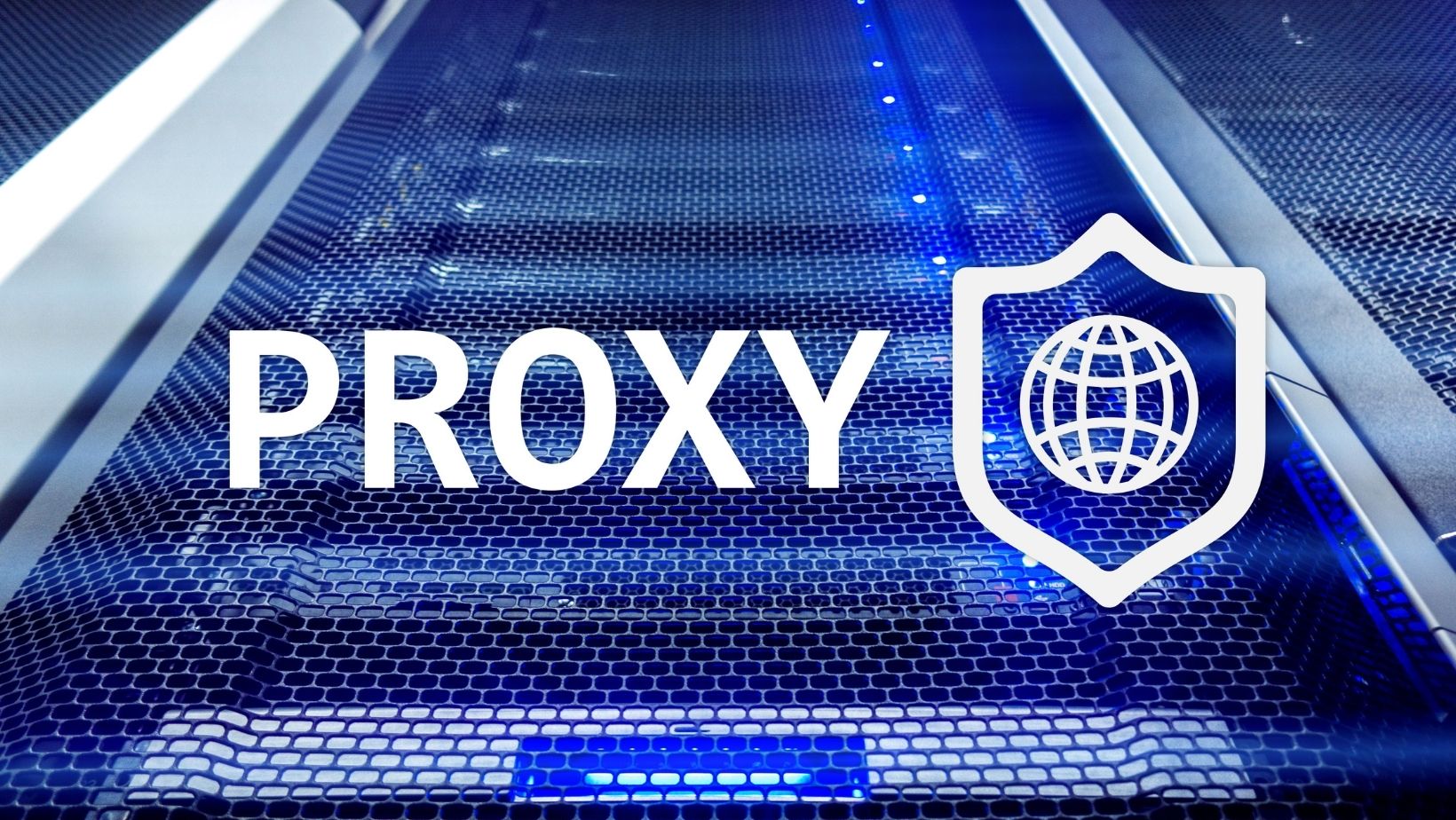The digital advertising landscape is vast and growing, but it is also rife with fraudulent activities that can undermine the efforts of brands, advertisers, and publishers alike. According to a report from the Association of National Advertisers (ANA), global losses due to ad fraud are projected to exceed $50 billion annually by 2025. This staggering figure highlights the growing urgency for brands to safeguard their ad spend and ensure their ads appear in the right contexts. In this fight, proxy networks like the ones from infatica.io have emerged as a powerful tool for both combating ad fraud and enhancing brand safety.
But what exactly are proxy networks, and how do they help in this battle? In this article, we’ll explore the role of proxy networks in fighting ad fraud and enhancing brand safety, dissecting the technical mechanics, real-world applications, best practices, and challenges.
Understanding Proxy Networks in Digital Advertising
A proxy network is a system that acts as an intermediary between the user’s device and the internet. In the context of digital advertising, proxies can help mask the IP addresses of both users and advertisers, providing a layer of anonymity and preventing malicious actors from directly interacting with the network.
There are different types of proxies commonly used in ad tech, including SOCKS5 proxies, HTTP proxies, VPNs, and transparent proxies. These proxies can hide the origin of traffic, control routing behaviors, and simulate user actions. By leveraging proxies, advertisers and publishers can filter traffic, ensuring only legitimate users access their ads and preventing fraudulent activities like click fraud and domain spoofing.
Ad Fraud and the Role of Proxy Networks in Prevention
To understand how proxy networks can fight ad fraud, it’s essential to first examine the different types of ad fraud:
- Click Fraud: This occurs when automated bots or malicious users click on ads without any intention of purchasing the product or engaging with the content. The fraudulent clicks are generated to inflate traffic numbers and result in the advertiser paying for non-genuine engagement.
- Impression Fraud: Similar to click fraud, this type involves generating fake ad impressions, which are counted as legitimate views by ad networks. This artificially inflates the cost for advertisers, even though no real users are interacting with the ad.
- Bot Traffic: Bots are automated scripts that mimic human behavior but can be identified by patterns that deviate from typical human browsing habits. They are used to generate fake clicks or impressions and drive up ad costs.
- Domain Spoofing: Fraudsters impersonate legitimate publishers and trick ad networks into buying inventory from non-existent or low-quality websites.
Why Proxy Networks Are Effective in Preventing Ad Fraud
Proxy networks serve as an effective tool in the fight against ad fraud for several reasons:
- Traffic Filtering: Proxies allow advertisers to filter incoming traffic based on specific parameters such as IP address, location, or device type. By analyzing traffic through proxies, advertisers can identify and block fraudulent users or bots. For example, if an advertiser detects unusual traffic patterns coming from specific IP addresses or regions known for fraud, the proxy network can filter out this traffic before it reaches the ad campaign.
- Disguising Fake Clicks: Proxies can be used to simulate legitimate user clicks, making it more difficult for fraud detection systems to distinguish between real and fake traffic. By routing fake traffic through different IP addresses or even geolocations, fraudsters can avoid detection, making proxy networks a critical tool for both detecting and preventing such behavior.
- Enhancing Detection: Proxy networks allow advertisers to test and monitor their ad campaigns by simulating user engagement from different geographic or IP locations. This allows advertisers to spot fraudulent clicks, impressions, or other behaviors that may go undetected by standard fraud prevention methods.
- Circumventing Fraudulent Detection Tools: Since proxies can alter the apparent origin of traffic, fraudsters can bypass detection tools that rely on standard IP-based whitelisting or blacklisting. By changing the IP address, fraudsters can evade detection systems that are focused only on identifying malicious IP ranges. However, proxies can also be used by legitimate advertisers to simulate suspicious traffic and verify that their fraud detection tools are working properly.
Proxy Networks and Their Impact on Brand Safety
Brand safety has become a significant concern for advertisers in recent years, especially as the lines between content creators, social media platforms, and advertisers continue to blur. For a brand, placing an ad next to inappropriate content—whether it’s fake news, offensive videos, or adult material—can severely damage its reputation.
Proxy networks play a crucial role in preventing ad misplacement and improving brand safety. Here’s how:
- Preventing Ad Misplacement: Proxy networks can be used to ensure ads are shown only on reputable, brand-safe websites or platforms. By filtering traffic based on content type, publishers and advertisers can ensure that their ads aren’t placed alongside harmful or controversial content.
- Case Study: A major consumer goods brand experienced significant backlash when its ads appeared next to objectionable content on a social media platform. By implementing proxy networks, the brand was able to reroute its ad traffic to verified publisher sites, mitigating further brand reputation damage.
- Geo-Specific Brand Protection: Proxy networks can be used to ensure that ads are shown only in the target demographic’s location. For example, an advertiser targeting U.S.-based users can use proxies to restrict the flow of ads to regions outside the U.S. This ensures that brands are not exposed to markets where fraud or malicious activity is prevalent.
- Improved Brand Trust: By integrating proxy networks into their ad strategies, brands can reinforce their commitment to brand safety and build consumer trust. Proxies offer an added layer of security that helps brands maintain control over where and how their ads are displayed.
- Case Study: A tech company that regularly faced issues with its ads being placed on questionable sites utilized proxy networks to ensure their ads only appeared on vetted, safe platforms. This not only reduced the brand’s risk exposure but also significantly improved ad targeting accuracy.
Best Practices for Integrating Proxy Networks in Your Ad Fraud Prevention Strategy
While proxy networks are powerful tools, they need to be integrated into a comprehensive ad fraud prevention strategy. Here are some best practices:
- Choose the Right Proxy Type: SOCKS5 proxies, HTTP proxies, and VPNs offer different advantages in terms of traffic routing, speed, and anonymity. It’s essential to choose the right type of proxy based on the goals of the ad campaign and the existing ad-tech infrastructure.
- Monitor and Detect Fraud: Proxies should be used to continuously monitor ad traffic for any irregularities. Advertisers can set up alerts based on unusual patterns of behavior, such as high click rates from a particular region or device type.
- Implement a Layered Security Approach: Proxies should be one element of a multi-layered security strategy that also includes machine learning-based fraud detection systems, IP-based blocking, and real-time monitoring tools.
- Ensure Redundancy and Failover: While proxies are useful for protecting against fraud, they can also introduce vulnerabilities if not properly configured. Advertisers should implement failover systems to handle proxy outages or misrouted traffic, ensuring continuity in their ad campaigns.
Challenges and Limitations of Proxy Networks in Ad Fraud Prevention
Despite their effectiveness, proxy networks are not without challenges:
- False Positives: Overreliance on proxies may result in legitimate user traffic being flagged or blocked. This could lead to missed opportunities or reduced ad engagement, ultimately affecting ROI.
- Complexity: Integrating proxies into an existing ad-tech infrastructure can be technically complex. It requires careful planning and testing to ensure that proxies are being used correctly without introducing operational overhead.
- Ethical Concerns: Proxies can be abused by malicious advertisers to manipulate ad networks or create fraudulent impressions. It’s crucial to use proxy networks ethically and within the boundaries of ad network policies.
Conclusion
Proxy networks play a critical role in combating ad fraud and enhancing brand safety by providing an additional layer of anonymity and control. By filtering traffic, disguising fake clicks, and preventing ad misplacement, proxies help brands protect their reputation and ad spend. However, like any technology, proxies must be used thoughtfully and in conjunction with other fraud prevention tools to maximize their effectiveness. As the digital advertising ecosystem evolves, proxy networks will continue to be a vital asset in the fight for transparency, security, and trust in online advertising.


